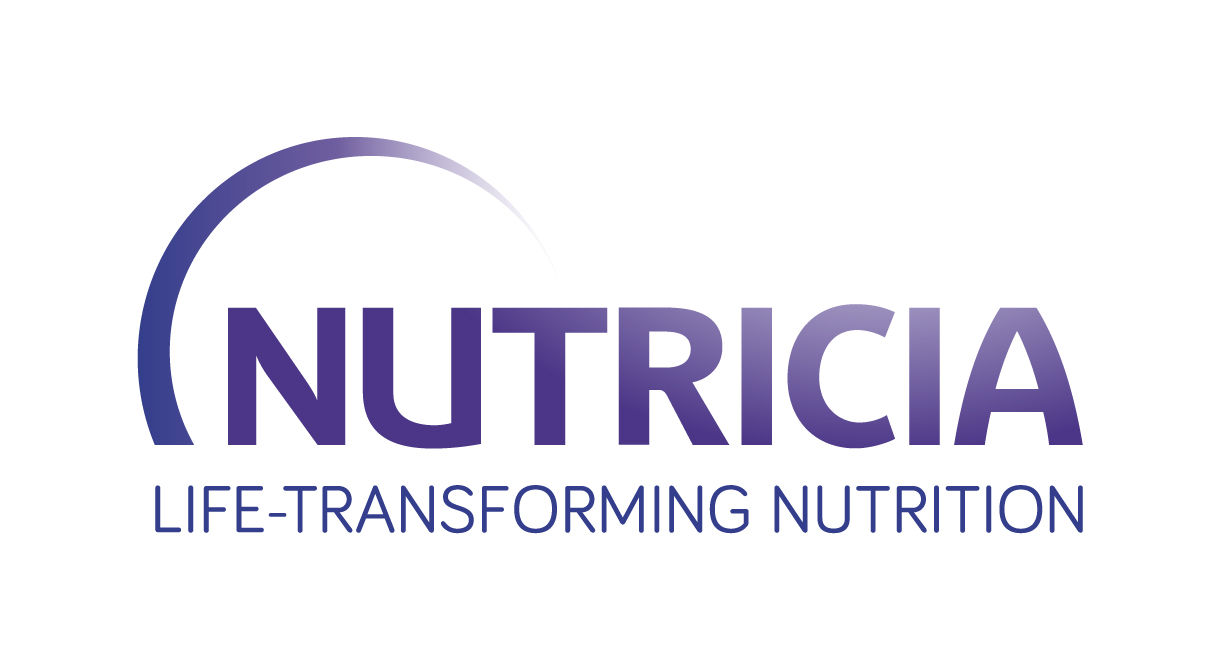Poor infant nutrition – the 19th century common cause of infant mortality across Europe
At the end of the nineteenth century one in five infants died before the age of one, with poor nutrition recognized as one of the main causes1-2. Many mothers struggled to breastfeed and were forced to use animal milks, particularly cow’s milk, to feed their babies. It was not well-known at the time that the composition of cow’s milk was not appropriate for feeding infants and could also be a carrier of disease. These two factors contributed to high infant mortality across Europe.
The important role of wet nurses
The industrial revolution had driven a decline in breastfeeding as more mothers sought paid work to support the family. For those with money, wet nurses, women paid to breastfeed other women’s babies, provided an alternative source of quality nutrition for infants. In Hamburg alone as many as 5,000 women were employed as wet nurses. However, supply was limited to those who could afford it and, if you were poor, your choices were limited.
For everyone else, breast milk substitutes were needed, so researchers began to seek ways of producing nutritional supplements for these infants and children, focussing their efforts on formulations based on cow's milk. In 1853 no less than 68 different formulas existed - mainly animal milks fortified with other ingredients.








